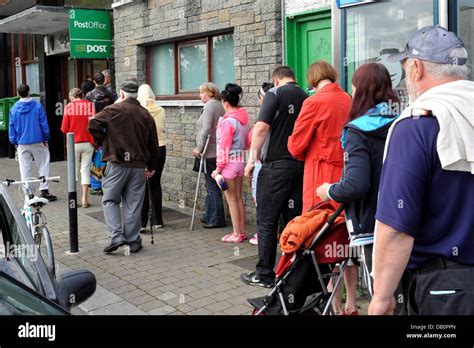Story by Brad Polumbo
Amassive labor shortage continues to hamstring the economy, with millions more empty jobs than unemployed job-seekers. All the while, millions of people remain on the sidelines, with the labor force participation rate significantly below the pre-pandemic norm. Why are so many potential workers sitting idle while jobs need to be filled?
Well, the astoundingly bloated nature of America’s welfare state offers one explanation, according to a new study. Conservative economists Stephen Moore, E.J. Antoni, and Casey Mulligan of the Committee to Unleash Prosperity analyzed what a typical four-person family, with two nonworking adults, could receive in welfare benefits, including both unemployment and healthcare subsidies, across the 50 states.
They found that in three states, Washington, New Jersey, and Massachusetts, this typical family can earn the equivalent of more than $100,000 annually without working, thanks to various government programs.
Meanwhile, in 14 states the benefits are equivalent to an $80,000 annual salary or more. In these states, welfare pays better than the typical job of a secondary school teacher or electrician, according to the study. In 24 states, languishing on welfare pays better than the typical salary earned by a firefighter, truck driver, or machinist.
Does that sound like a system incentivizing the right things?
There are undoubtedly multiple factors driving the labor shortage, but this simply has to be one of them. The most basic lesson of economics is that people respond to incentives. And when pathways exist to receive above-average incomes without working, many people will choose that over toiling and working hard to earn less. The inevitable result is lower employment, slower economic growth, and a dearth of dignity among those who’ve been incentivized out of work.
You don’t have to take my word for it.
“A key policy question these days that has befuddled federal lawmakers is why so many millions of Americans have not returned to the workplace in the post-Covid era,” the study’s authors conclude. “The U.S. is ‘missing’ more than three million workers of working age that could be working and were working prior to Covid but are not today. This study shows that one factor contributing to the dearth of workers is the generous benefits paid to families without workers.”
The takeaway here is clear. If we want our economy to recover fully from the COVID-19 pandemic and get roaring again, we have to reform our social spending programs so that we once again incentivize work, not welfare.


